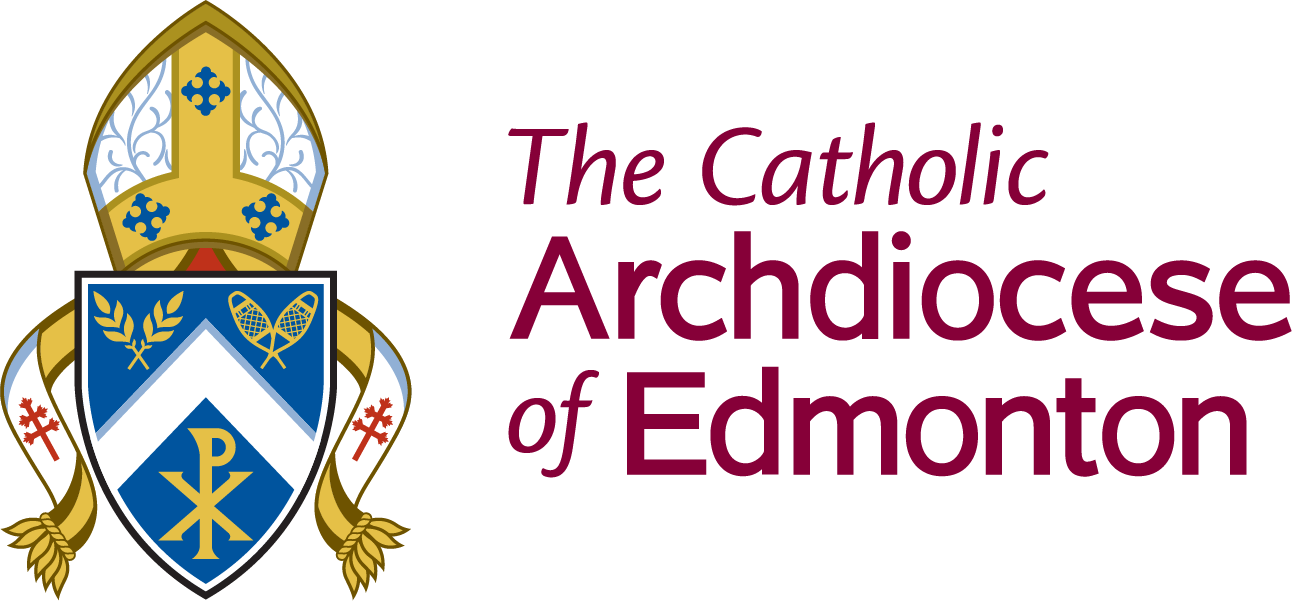Liturgical Clearinghouse
Preserving the Sacred History of Our Faith Community
Clearinghouse Guidelines
The Archives maintains a clearinghouse for storing and distributing liturgical items that are no longer in use in parishes.
Please have a conversation with the Archives Lead before donating or obtaining items. Below are the general guidelines:
- Liturgical items are distributed on a first-come, first-served basis and are intended for use in parishes, Catholic schools, and other Catholic institutions within the Catholic Archdiocese of Edmonton—not for personal use.
- There is no charge for obtaining items; they are provided on a permanent loan basis.
- Liturgical items are available for pick-up only. Delivery or mailing services are not offered.
- Liturgical furniture such as altars, pews, tabernacle stands, and musical instruments such as organs and pianos are not accepted due to space and staffing limitations.
Disposal Procedures for Blessed Objects
From time to time, it becomes necessary for the Archives to manage the disposal of liturgical objects. This process is undertaken with the utmost care to ensure that items are treated in a manner fitting their sacred use (Canon 1171).
Blessed objects of devotion—including those listed below—are respectfully buried in consecrated ground:
- Sacred vessels such as chalices, ciboria, patens, pyx, and oil stocks
- Crucifixes
- Statues that have been blessed
- Paschal candles or other blessed candles that cannot be burnt down or donated
- Holy Bibles, missals, and lectionaries
- Prayer cards
- Wooden rosaries and dried palms
- Vestments, altar cloths, and linens
- Rosaries made of plastic or metal
- Altar stones
An altar stone is a single, unbroken piece of stone (often marble) engraved with five Greek crosses—one at each corner and one in the center. It contains a hollowed cavity, called the sepulcher, where relics are placed and sealed.
A relic is a part of the body of a beatified or canonized person—typically bone or hair—or an object associated with them. A testimonial document identifying the relics and stating the consecration date of the altar stone is either sealed inside or affixed to its back.
Procedure
- Altar stones containing relics may be removed from altars and buried in the Catholic cemetery of any parish, preferably near the central cross. They may also be sent to the Archives with a note regarding their provenance for appropriate disposal.
- If the testimonial document is missing, the identity of the relics should be shared with the Archives Lead whenever possible.
Disposal of Items That Are Not Blessed
- Prayer books, hymnals, and other religious books may be recycled. Before disposal, remove all hard or plastic covers.
- Banners that are not blessed must be cut up before being discarded in the garbage.
